How To Look After Your Wood Burner?
As you’ve probably been getting the most out of your fire this winter, to maximize its efficiency you have to look after your wood burner.
Here are some things to look out for and do to keep your fire going for many winters!
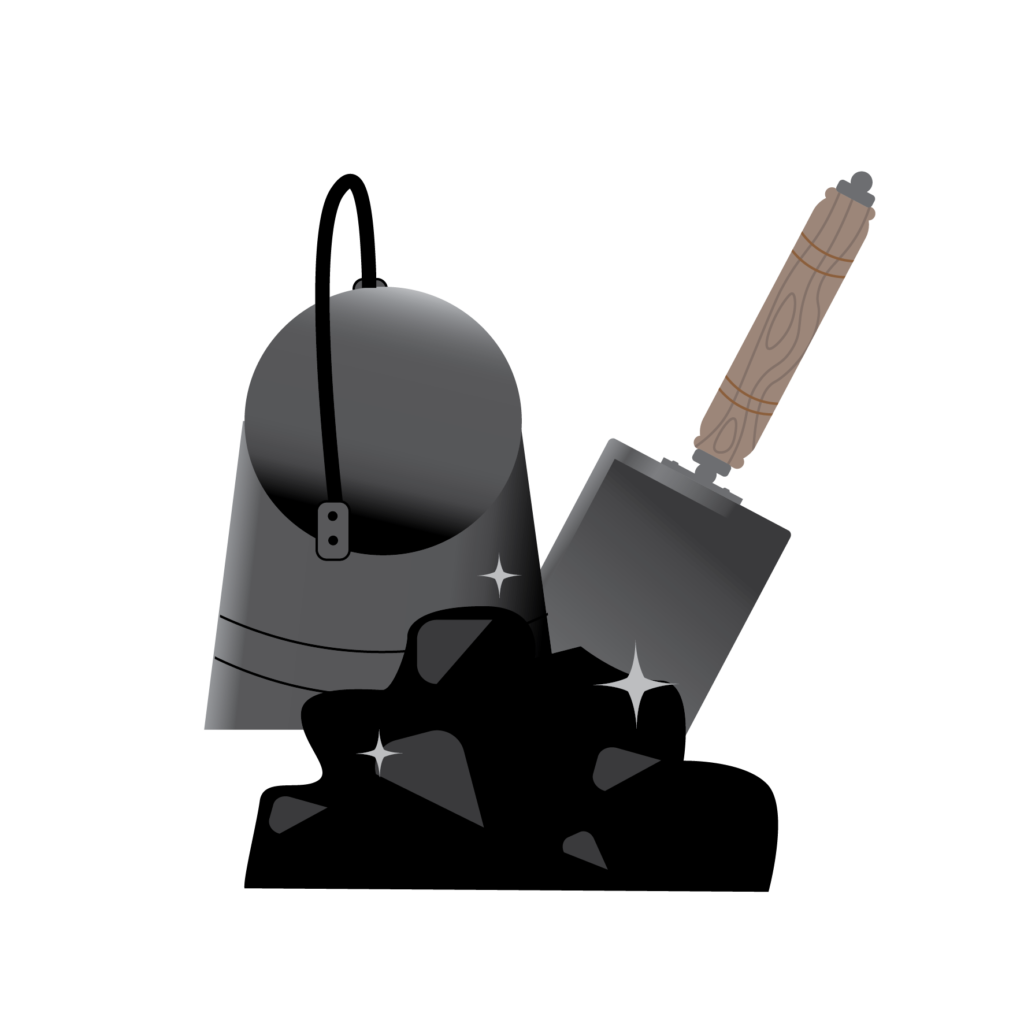 Cleaning
Cleaning
Giving your fire a thorough clean can be just the thing it needs to bring it back to life. It is also important to get your chimney swept at least once a year as they can tell you about any damage. You should also clean the glass, most modern stoves are fitted with airways systems to keep the glass clean. If yours does not then you can use newspaper dipped in malt vinegar or use wood ash. Don’t use any abrasive materials to clean the glass as this could cause permanent damage.
Check for rust
This may not be a problem for a modern stove however it worth saying. If you do spot any rust you can rub the area with wire wool and then reapply stove paint to get it looking as good as new.
Empty the ash pan
When the hot ashes start to pile up they can come into contact with the lower side of the grate and the heat from the ashes could cause it to become distorted and lose shape.
Clean the baffle/ throat plate
This area on and around the baffle plate is the top spot for soot to gather. This makes your stove less efficient by blocking the flue it also could be dangerous. Clean this once a week depending on how often you use your stove.
Leave the door ajar
When the stove isn’t being used it is best to leave the door slightly open. This allows a flow of air through the system which can help stop corrosion.
Use Firemizer
Using this in your wood, coal or multi-fuel stove can help reduce creosote and harmful particulates. As well as reducing your ash content and reducing the number of times you have to empty the ash pan.
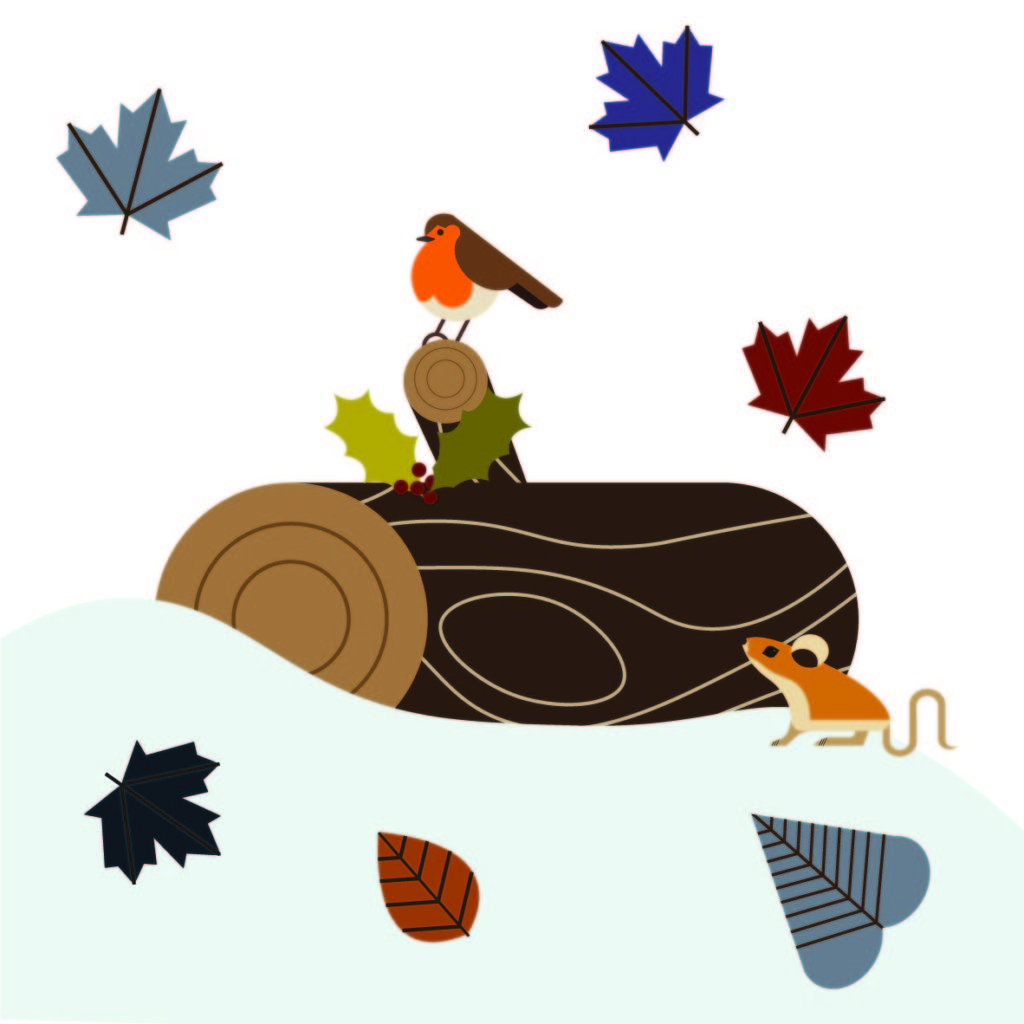 Similar traditions
Similar traditions 3. Fire safety
3. Fire safety  6. Keeping small pets warm
6. Keeping small pets warm  This time of year is perfect to get your log burners going and enjoy the warmth. Your fireplace can create a festive atmosphere especially when decorated. Make sure you stock up on wood get your chimney swept a minimum of once a year.
This time of year is perfect to get your log burners going and enjoy the warmth. Your fireplace can create a festive atmosphere especially when decorated. Make sure you stock up on wood get your chimney swept a minimum of once a year. 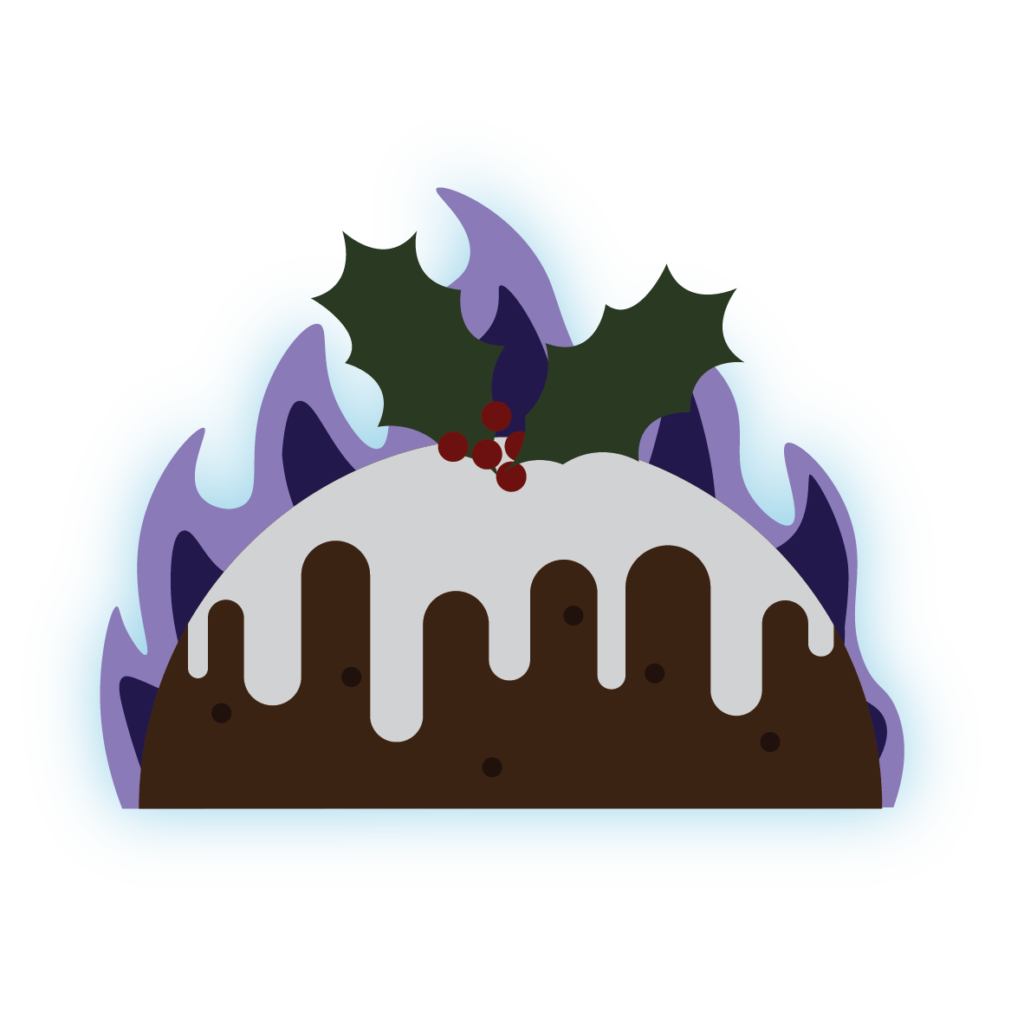 Winter brings around all the best food that you can enjoy. From roast dinners and mince pies to cheese boards and lots of chocolate. This Christmas why not try something new at a Christmas market like the chimney cakes or strudel.
Winter brings around all the best food that you can enjoy. From roast dinners and mince pies to cheese boards and lots of chocolate. This Christmas why not try something new at a Christmas market like the chimney cakes or strudel. 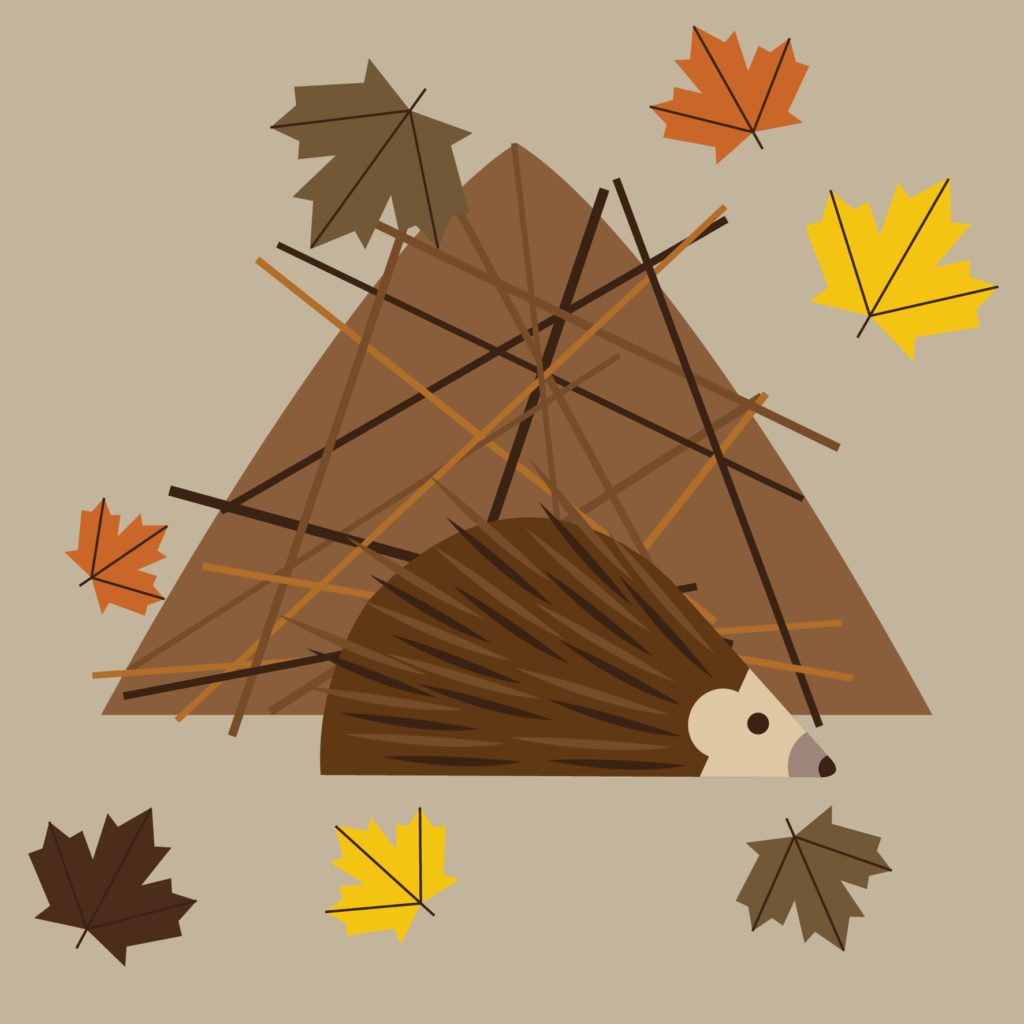 Even with all the history and tradition, we cannot ignore the dangers of at-home displays for us and wildlife.
Even with all the history and tradition, we cannot ignore the dangers of at-home displays for us and wildlife. 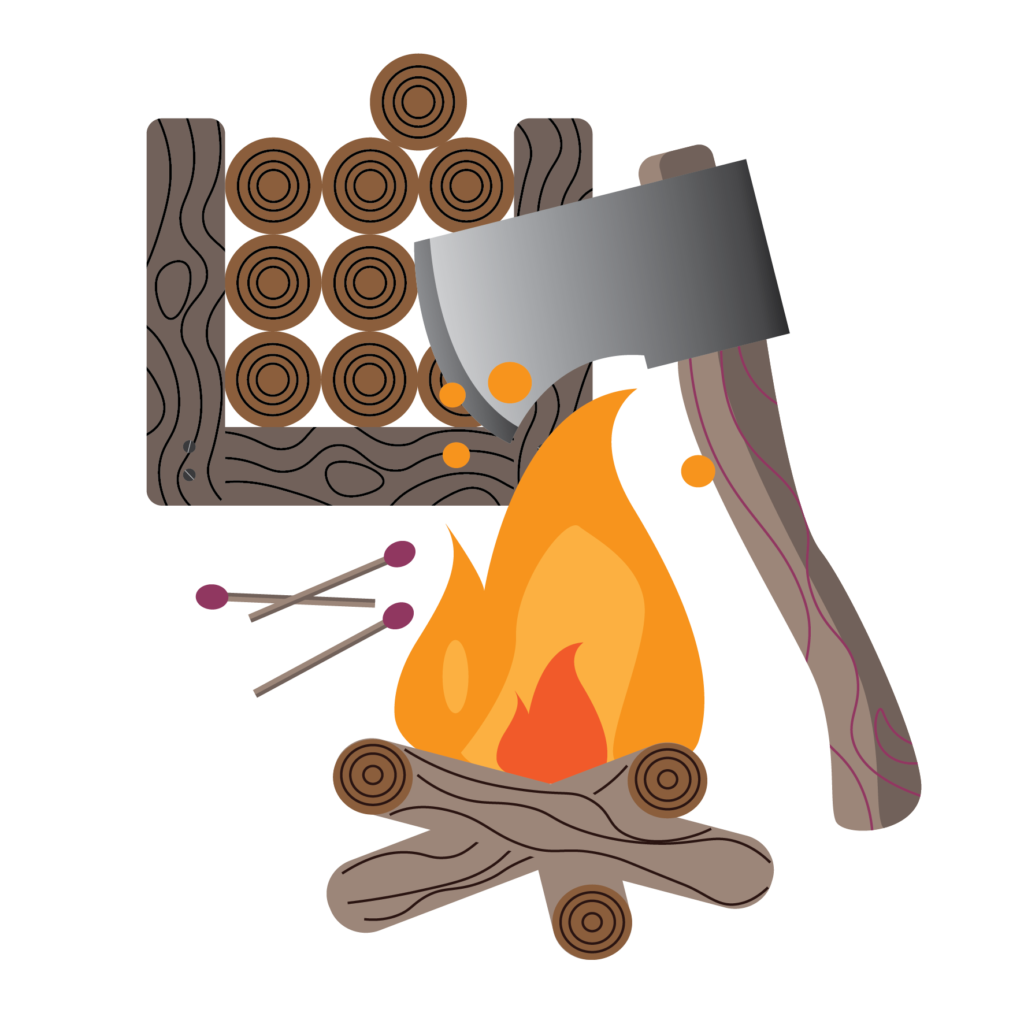 You want to store your wood at least 5 feet away from your home. This is due to bugs will likely start to live in the woodpile. You could invest in a firewood rack, these keep your firewood elevated keeping air circulating around the wood.
You want to store your wood at least 5 feet away from your home. This is due to bugs will likely start to live in the woodpile. You could invest in a firewood rack, these keep your firewood elevated keeping air circulating around the wood.  As a result, this affects numerous animal species;
As a result, this affects numerous animal species;